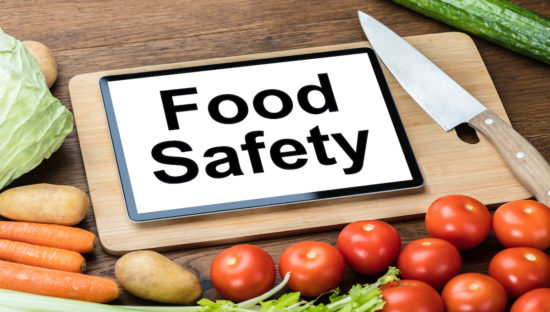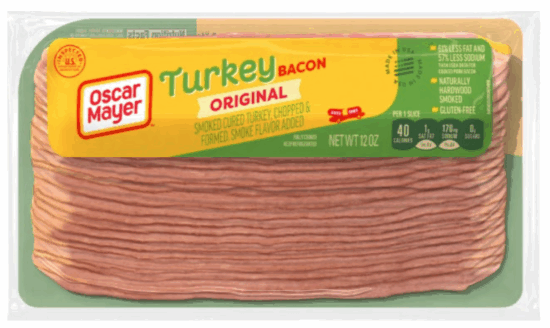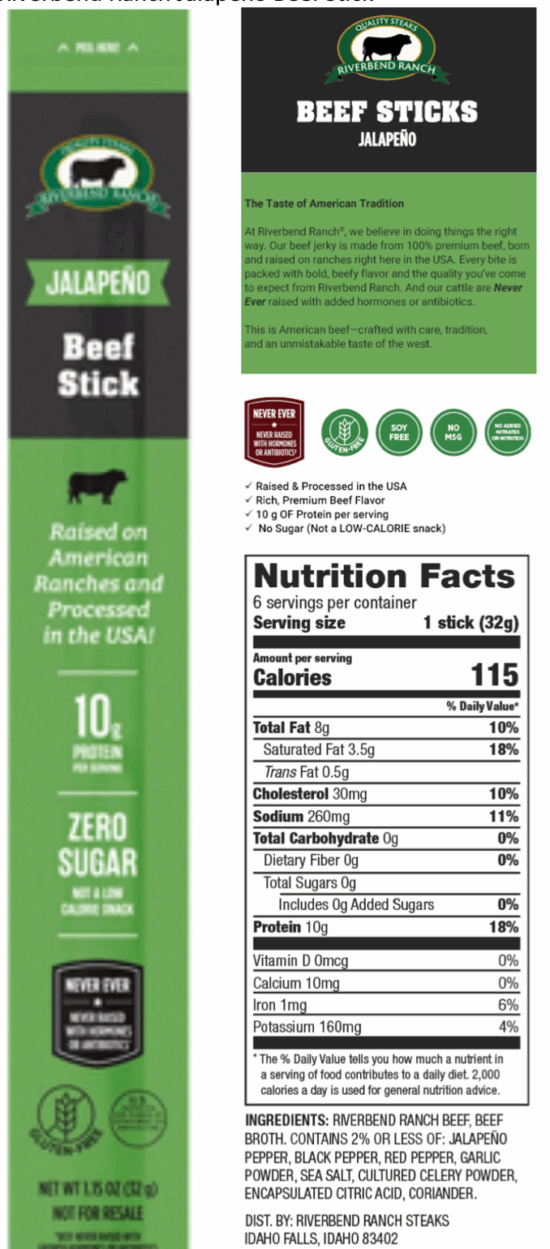— OPINION —
We have entered into an escalating dialogue about food in America — what we should be eating, how we should be preparing it, what constitutes a nutritious meal, the need for additives in food, and the role of government. I am hopeful that we can add food safety to the conversation without waiting for a crisis-inducing incident.
Stimulating the immediate dialogue are the MAHA Action Plan due August 12; the revised dietary guidelines due in September; and the HHS/USDA Request for Information on defining ultra-processed food that will be open for comments through Sept. 23.
Hopefully, the end result will be a more cohesive path forward for improving the food Americans eat and creating a consensus around the specifics of a healthier diet.
Given that food sustains us and is embedded deeply in our lives and our culture, we need to proceed with some caution. There is an unlimited potential for downstream consequences that we do not intend and cannot necessarily foresee.
Before things heat up, I want to lay out some broader concepts that might help guide the discussion and lead to a final set of government policies that are sensible, feasible, and beneficial.
Every American should be able to afford a healthy diet. Millions of Americans are food insecure. It is especially rampant among children, affecting approximately one in five children in the United States.
The number of food insecure Americans is certain to increase over the next few years because of ongoing and proposed cuts to SNAP, school lunch programs, and support for food banks and other feeding programs.
Hungry people buy whatever sustenance they can afford from whomever can supply it. Quality, safety, and nutritional value become, at best, secondary considerations.
A broad reconsideration of our national food and dietary policies and guidelines is valuable but should be tempered by an awareness that increasing the cost of food will lead to millions more Americans who are food insecure.
Every American should have access to a healthy diet. Affordability is also an access issue. Beyond that, there are food deserts that leave millions of Americans isolated from a range of healthy foods. There is a risk these will expand further because many smaller and rural grocery stores are heavily dependent on serving families with SNAP benefits.
I know that many states and localities are working on encouraging supermarkets to expand into these underserved areas. That’s ideal. Another approach would be to assure that a healthy diet can be accessed through corner markets, bodegas, and other groceries that tend to have a more limited range of foods.
Every American should have access to foods that are made from safe ingredients. Healthier diets should reduce incidence and impact of diseases, both acute and chronic. However, there is a paucity of good research, especially on causation. A healthy diet should be built around some “better to be safe” changes . . . but also allow for innovation and for information derived from new and ongoing research.
Every American should have access to foods that are safe, with minimal risk of intentional and unintentional adulteration. A healthy diet should be compatible with maintaining food safety. Preservatives, in particular, are essential to many products and may need to remain even if they have names that people cannot pronounce. Intentional and negligent adulteration is a serious issue (my article on this is here) and making such incidents less frequent should also be a consideration when healthy dietary choices are recommended.
Every American should have access to healthy foods that are convenient, mindful of life stages, and provide choices. There cannot be one healthy diet to the exclusion of others. Providing multiple ways to eat healthier is a good in itself but also respects that there are lifestyle, cultural, gender, and age differences in addition to individual taste.
A healthy diet must also allow for multiple convenient options. It is fine that some people want to cook their own meals made only from single ingredients they grew or purchased themselves. A significant portion of the American population does not have time to prepare elaborate meals, and many have no time to cook at all given family and work obligations. A healthy diet must also give them better choices.
And most of all: Every American — rich and poor — should be able to afford and access a healthy diet. It’s a simple standard that will be incredibly hard to achieve. Nonetheless, policymakers and stakeholders need to fully embrace that challenge.
(To sign up for a free subscription to Food Safety News, click here)



